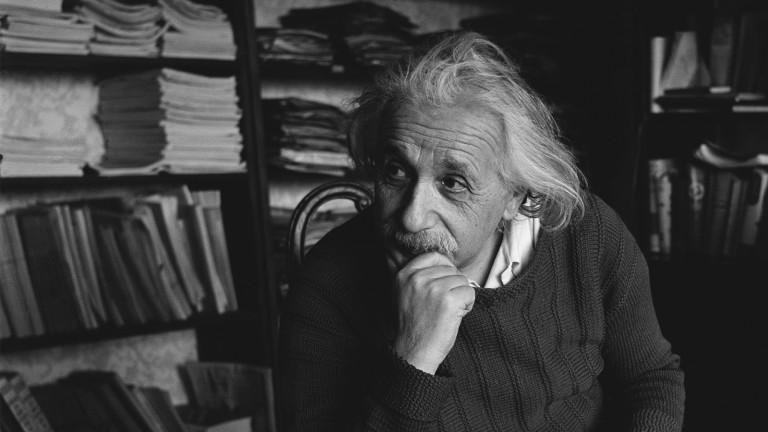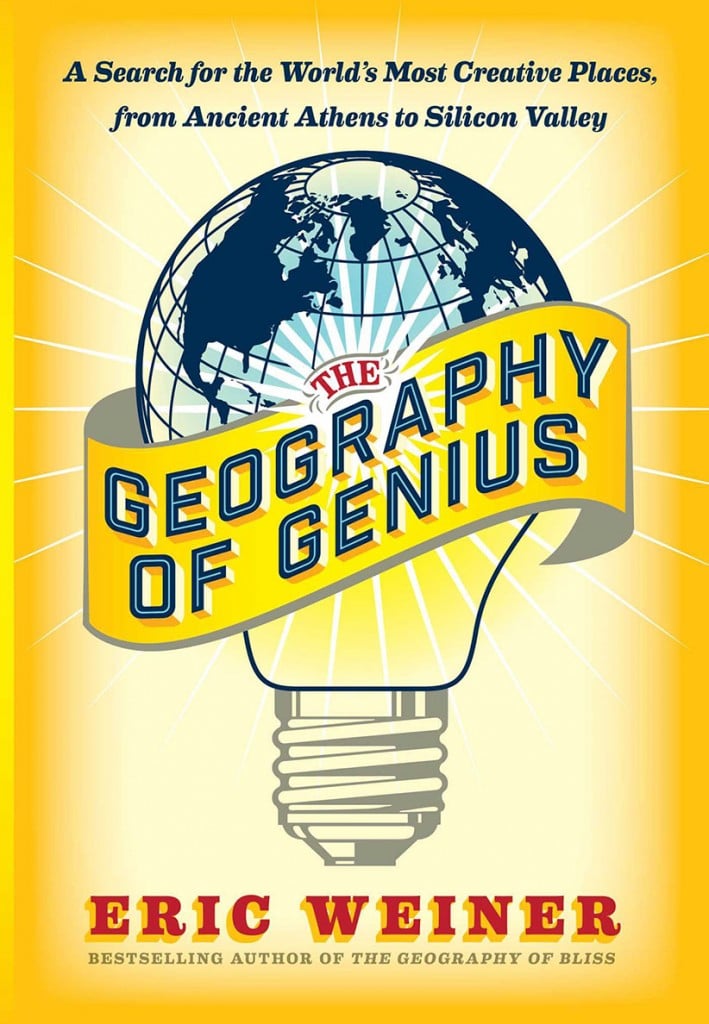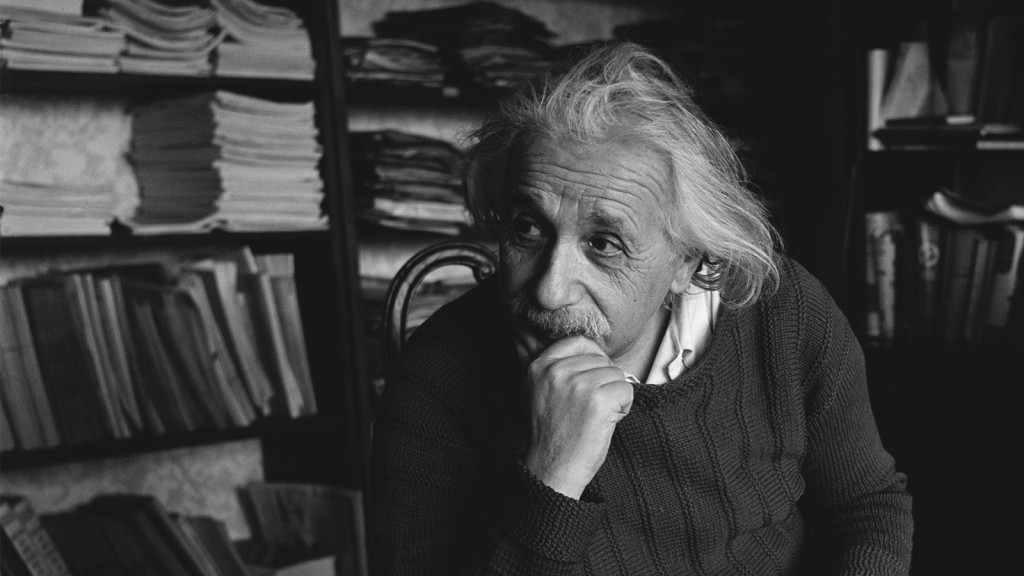How are geniuses made?
A new book argues that genius isn’t genetic—it’s nurtured by a multitude of factors

1647086 002
Share
 THE GEOGRAPHY OF GENIUS
THE GEOGRAPHY OF GENIUS
Eric Weiner
Early in his career, Freud had his theories of psychoanalysis dismissed, even ridiculed; Einstein had difficulty obtaining his Ph.D. Both today are regarded as geniuses, but the term is selective, subjective and ever shifting. In his 2008 bestseller, The Geography of Bliss, Weiner, a former foreign correspondent for National Public Radio, wanted to discover the mystery of happiness and did so with engaging writing and a sharp wit. His quest here is to understand how and why genius is fostered.
In the enduring debate of nature versus nurture, Francis Galton, the father of eugenics, argued that “natural abilities” were the key to explaining human achievement. Weiner disagrees. “There is no genius gene; one genius has yet to beget another,” he writes. His view is that genius is nurtured by a multitude of factors, political, social, economic and cultural at specific times and places.
The seven “places of genius,” he explores are all cities—ancient Athens; Hangzhou, China, in the 10th and 11th centuries; Florence during the Renaissance; 18th-century Edinburgh; Calcutta between 1840 and 1920; Vienna at the time of Mozart as well as of Freud a century later; and Silicon Valley today. Because as he notes, “If it takes a village to raise a child . . . it takes a city to raise a genius.”
Visiting each city, he records his mission to uncover why it at one point produced individuals we remember for their genius. Admittedly, discovering the secrets of ancient Athens in a sprawling metropolis burdened with economic woes and pollution is challenging. But with the help of scholars and tour guides, he learns how creativity was nourished at one time. He suggests Socrates benefited from a limited tolerance of the era: He “pushed the boundaries of acceptable discourse—and got away with it, until he didn’t.”
In Florence, a city that does more resemble its Renaissance self, he focuses on the connection between money and genius, emphasizing the importance of patrons such as the Medici family in supporting artists like Michelangelo. The Medici did not merely write cheques; they also took and encouraged risk—which was also the reason Pope Julius II chose Michelangelo, a temperamental sculptor, to paint the ceiling of the Sistine Chapel.
Each city served as a “talent magnet” (as Silicon Valley still does) in attracting “smart, ambitious people” that enhanced the possibility of genius. In Calcutta during the “Bengal Renaissance,” for example, Indians took Western ideas and shaped them to fit their own unique environment. But it was also the chaos of Calcutta, its poverty and squalor, that stimulated the creativity of geniuses like poet and painter Rabindranath Tagore.
Today we are prepared to overlook the personal flaws and foibles of a genius of the stature of Steve Jobs. However, Socrates, writes Weiner, “was judged not only by the quality of his work, but also the content of his character.” That was once the mark of a true genius.
